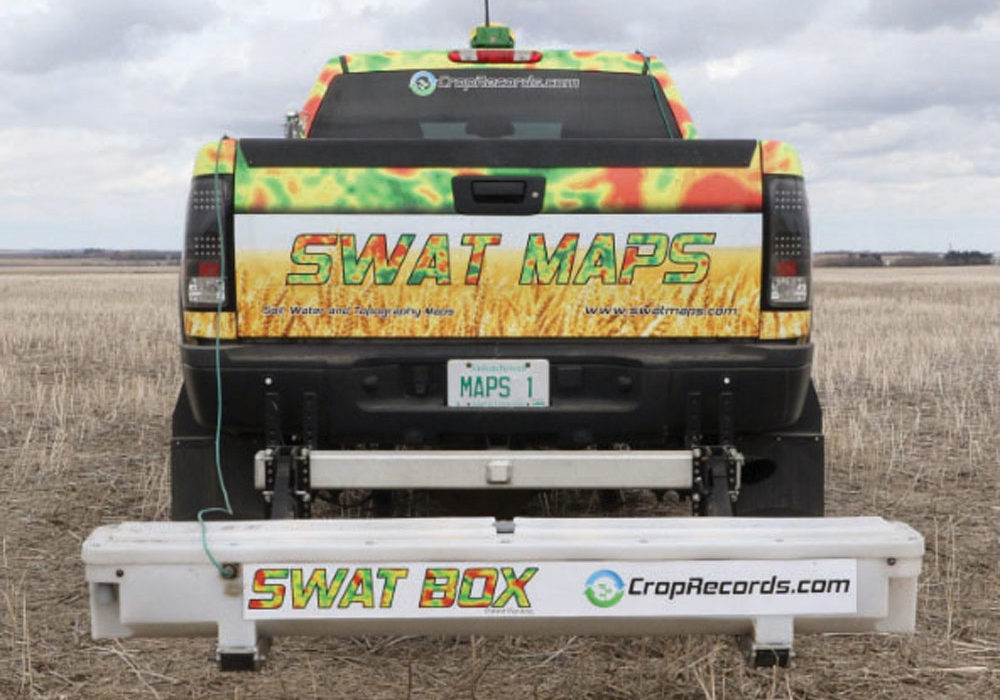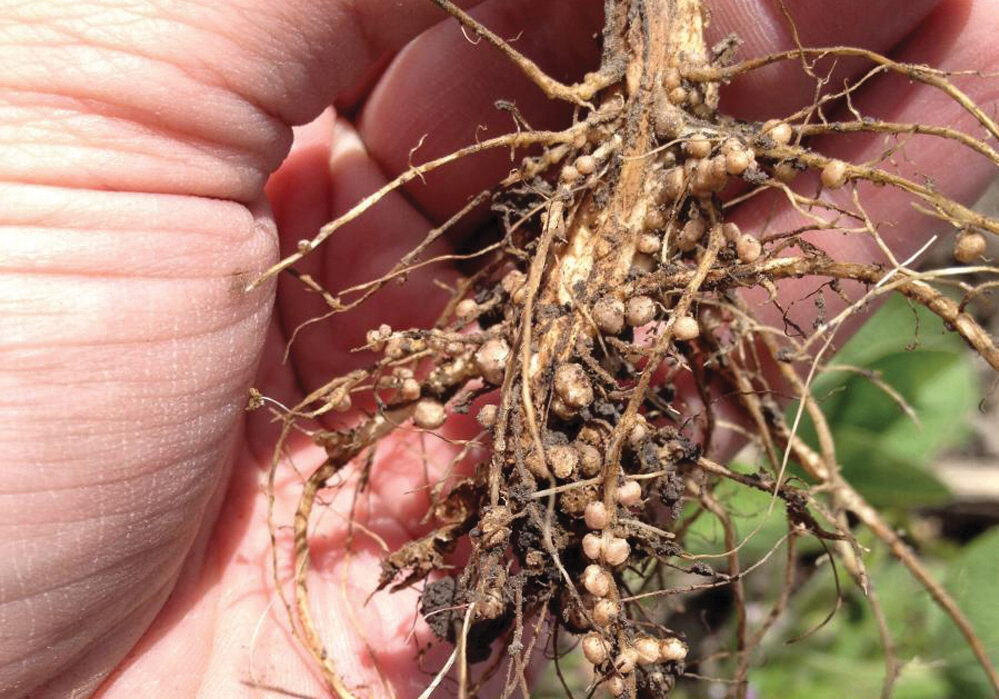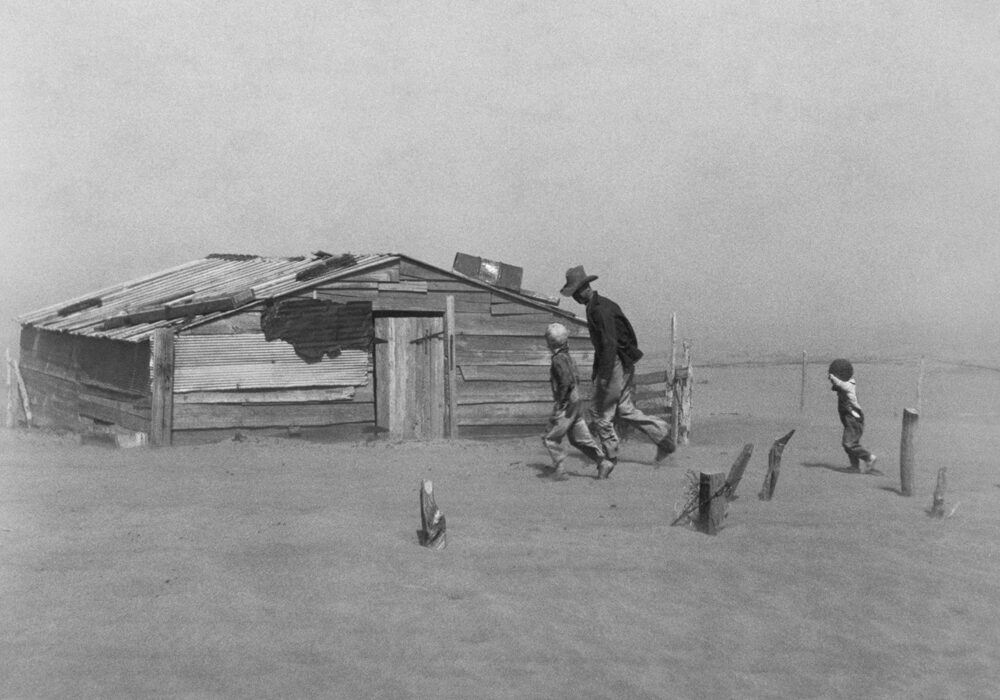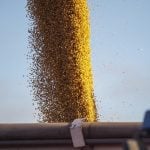The owners of Black Fox Farms & Distillery never expected to find themselves where they are today.
Barb Stefanyshyn-Coté and her husband John Coté were both third-generation farmers. They were born and raised on farms and they met at agriculture college. After they got married, they went back to farming and raised four children on their 5,000-acre farm in Saskatchewan.
But in 2010, they realigned their priorities, sold the family farm and embarked upon the journey that would see them go from traditional grain farmers to owners of a U-pick flower farm and on-farm boutique distillery near Saskatoon.
Barb recently spoke about that journey at the virtual Farm Forum Event, presented by Glacier FarmMedia.
The change didn’t come from a crisis. Life was good for Barb and John before making the shift. They were raising their family and running a productive 5,000-acre farm growing wheat, barley, peas, canola, flax and oats.
“Some of the best black dirt you’re ever going to find in the country,” enthused Barb.
They had also expanded into other enterprises.
“We had become partners in a fuel and fertilizer dealership. We ran an animal nutrition consulting business along with the farm. Life was going really well,” she said.
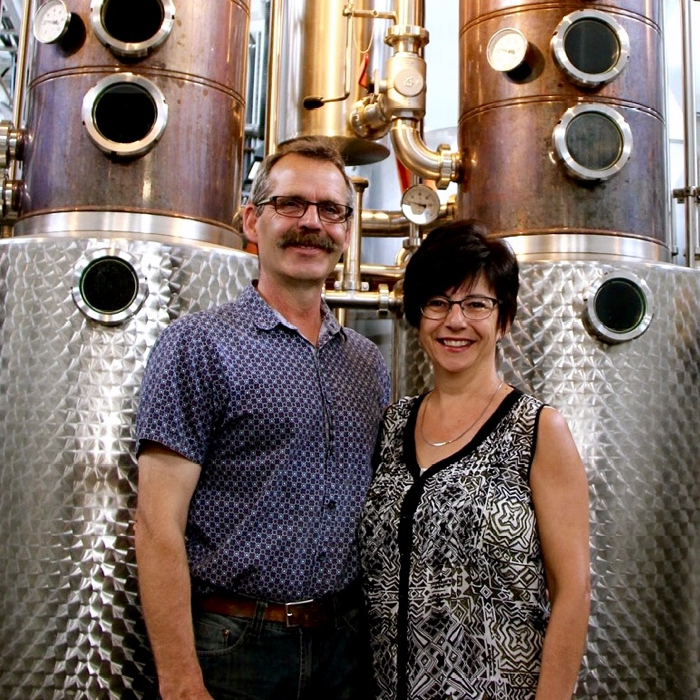
But times were changing. The business model for grain farms was changing. Farms were expanding. But for Barb and John, expansion wasn’t feasible.
“We were already at capacity on our equipment and it would have meant buying a whole new line of equipment,” she said. In addition, none of their four children really seemed interested in pursuing grain farming as a career.
“So we made the decision to do something different and this is the something different that we came up with.”
Barb and John sold the family’s 5,000-acre farm and downsized to an 80-acre farm. Eighty acres might not sound like much but Barb points out that it is actually quite a bit when you’re standing on the end of a hoe.
Read Also
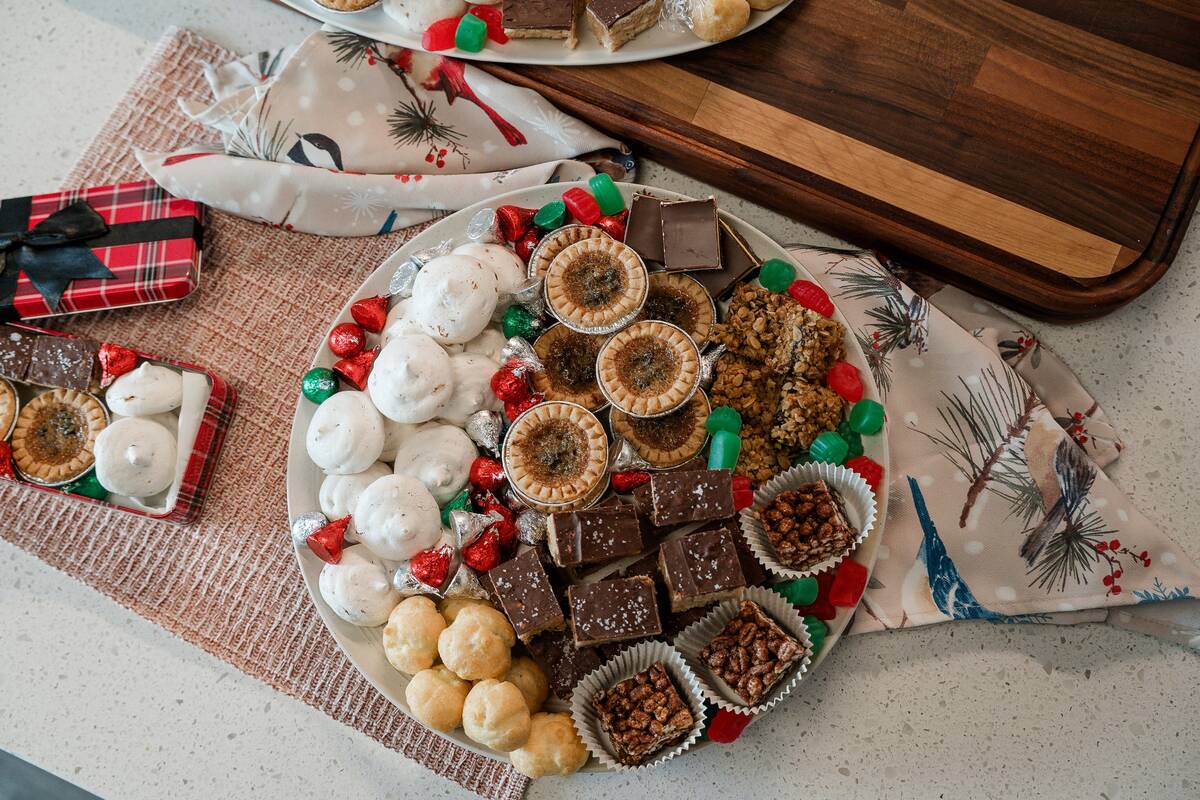
Your best (and easiest) holiday dainty tray
Make-ahead recipes, store-bought goodies and co-operation with friends and family: Here’s how to throw together a stunning, low-stress tray.
“Now you’re farming something that is much more valuable than wheat, barley, peas or canola,” she said.
They had to travel a bumpy road to take them to where they are today. When they purchased the land, the idea was to turn it into a vegetable farm and winery, growing pumpkins and corn.
“So we planted out corn the first year. It was magnificent,” she said. Except that they hadn’t secured a market for their crop and ended up donating an acre of corn that year. The next year was worse. They had a corn-borer infestation and had to compost five acres of corn. It’s not surprising that their enthusiasm for their new project had taken a hit.
“We decided that vegetables sucked,” she joked.
So they switched to berries. They planted out four acres of haskap. Barb explained that haskap is very well suited to the Prairies. The flowers will withstand -7 C frost and the berries are harvestable sooner than any other berries grown in the region. They also planted six acres of raspberries. But regardless of the hardiness of their choices, they struggled with those crops as well.
“We found out quite quickly, that we knew nothing about fruit,” she said.
At that point they abandoned the idea of a winery. But they were undaunted and their next effort saw the farm begin to see some success.
“After we decided that vegetables sucked, I got a fantastic deal on tulip bulbs that fall — 28,000 of them so I planted them out and all winter long I started thinking why don’t people take flowers to the market instead of vegetables?” she said.
The flower idea is still part of their business model.
“We grow acres of cut flowers people can come out and pick their own. It has been a remarkable experience.”
The final piece in the puzzle came when Barb and John stumbled upon the idea of creating a distillery.
“We realized that distilling is based on grain and we knew how to grow grain,” she said. That eureka moment sealed the deal. “We decided that we were going to distill the fun things — gin, liqueurs and whiskey,” she said. “We now turn our grain into whiskey and we measure our yields in whiskey barrels per acre.”
The operation currently produces a line of flavoured gins — including a haskap flavour — and liqueurs and coolers. Manitobans can order the products from the company’s website.




